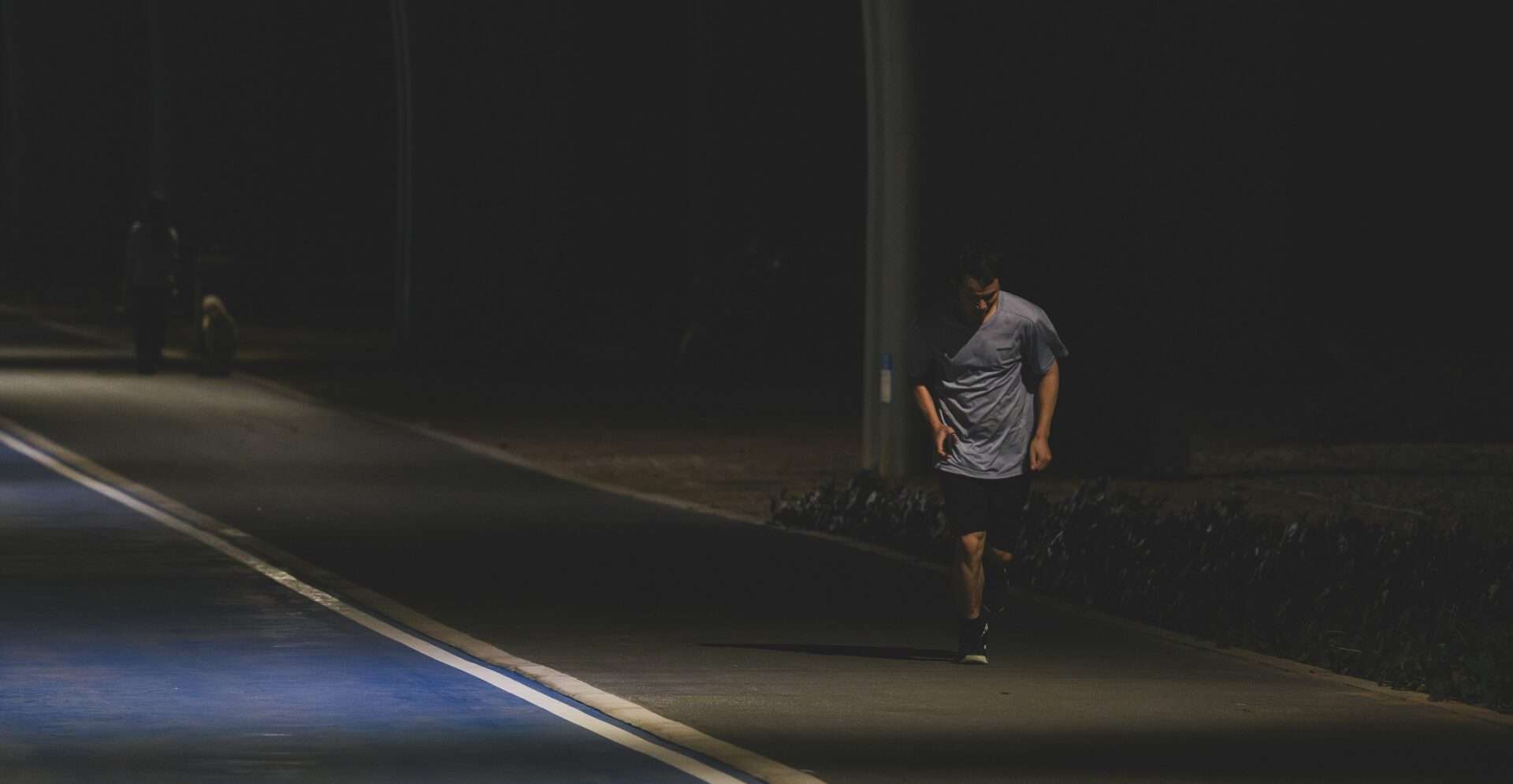Why Run at Night?
Running at night offers a tranquil escape from the daytime bustle, allowing you to enjoy cooler temperatures and quieter streets. But it’s not without its challenges. Reduced visibility, unpredictable environments, and safety concerns require a smart, cautious approach. With the right preparation, night running can be a safe, invigorating part of your fitness routine.
Plan Your Route Carefully
Stick to Well-Lit and Familiar Paths
Choose routes that are illuminated and ones you already know well. Familiarity reduces the chances of tripping or getting lost, and lighting improves your visibility to others.
Avoid Traffic and Scout Ahead
Stick to quiet roads or running paths away from heavy traffic. Consider scouting your route during the day to spot hazards and determine if it feels safe.
Gear Up for Visibility and Safety
- Reflective Clothing: Jackets, vests, or accessories with reflective details help drivers spot you.
- Headlamp: Illuminates your path and makes you more visible.
- Clip-on Safety Lights: Attach to your shoes or waistband for 360-degree visibility.
- Reflective Shoes: Many running shoes offer built-in reflective features for extra safety.
Enhance Safety with Companions and Technology
Run with a Partner or Group
Having a buddy not only makes your run more enjoyable but also deters potential threats. If unavailable, consider joining local night running clubs for community support.
Stay Connected with Apps
Use apps like Strava or Road ID to share your live location with family or friends. Many offer emergency alert features that activate when you stop moving unexpectedly or need assistance.
Maximize Awareness
Hear Your Surroundings
Skip the earbuds, or use bone conduction headphones so you can hear approaching people, cars, or bikes. Staying alert is key to night running safety.
Make Eye Contact and Use Hand Signals
Never assume drivers see you—make eye contact and use gestures to communicate your movements at intersections or crossings.
Essential Safety Items to Carry
- ID Bracelet: Share important medical or emergency info in case of accidents.
- Mobile Phone: For navigation, communication, and emergency help.
- Whistle or Alarm: A loud noise device can draw attention if you feel threatened.
Dress for the Weather
Layer smartly depending on the climate. Use moisture-wicking base layers, insulating mid-layers, and waterproof outerwear when needed. Avoid cotton and don’t forget gloves, hats, or waterproof shoes in colder or wet conditions.
Hydration and Recovery
Hydrate Pre and Post Run
Drink water an hour before your run and bring a small water bottle or hydration pack. After your run, replenish with protein-rich snacks like Greek yogurt, fruit shakes, or peanut butter and bananas.
Be Mentally Prepared
Build Confidence and Trust Instincts
Start with shorter routes and build confidence slowly. If something feels off, reroute or call for help. Mental readiness is as important as physical.
Emergency Preparedness
- Learn Basic First Aid: Knowing how to treat minor injuries is useful in any outdoor activity.
- Save Emergency Contacts: Enable quick access on your phone in case of an accident.
- Use Safety Apps: Know how to activate built-in SOS or alert functions on your device.
Conclusion
Night running can be a rewarding addition to your fitness lifestyle. With careful planning, the right gear, and heightened awareness, you can enjoy peaceful runs while staying safe and visible. Embrace the calm of night while being smart, alert, and prepared.



